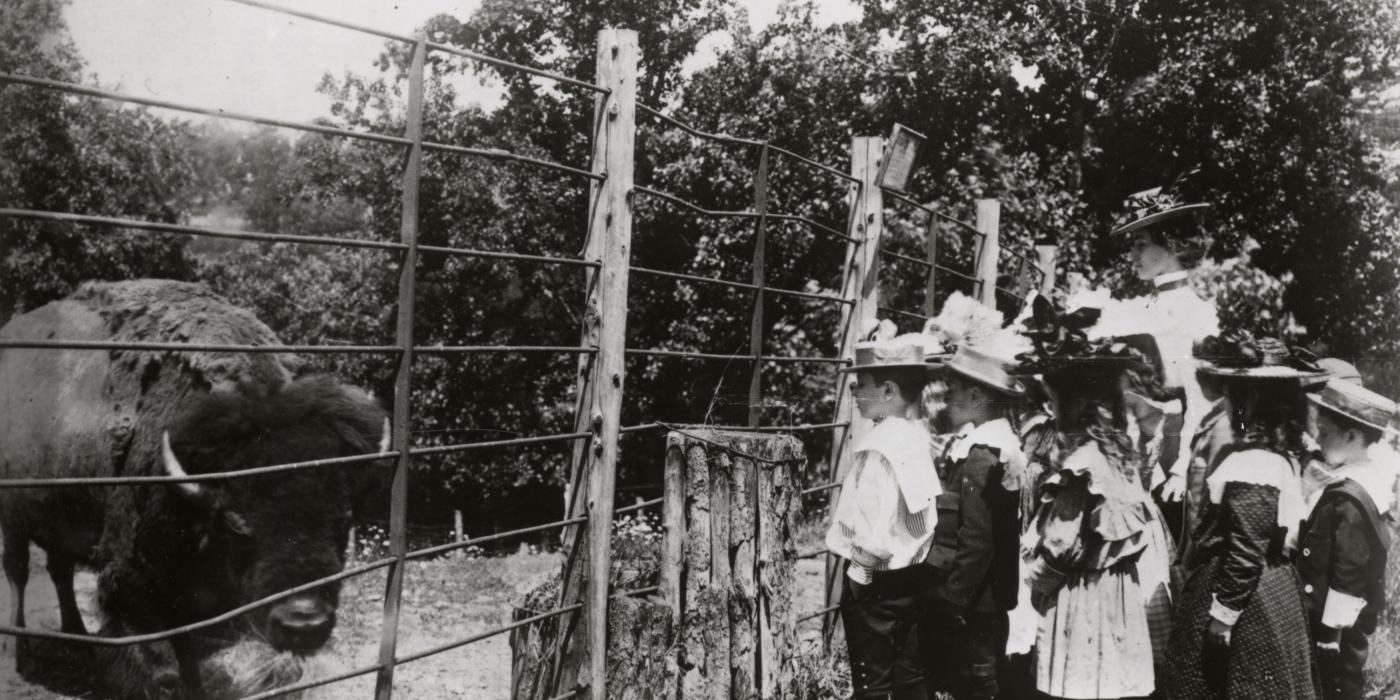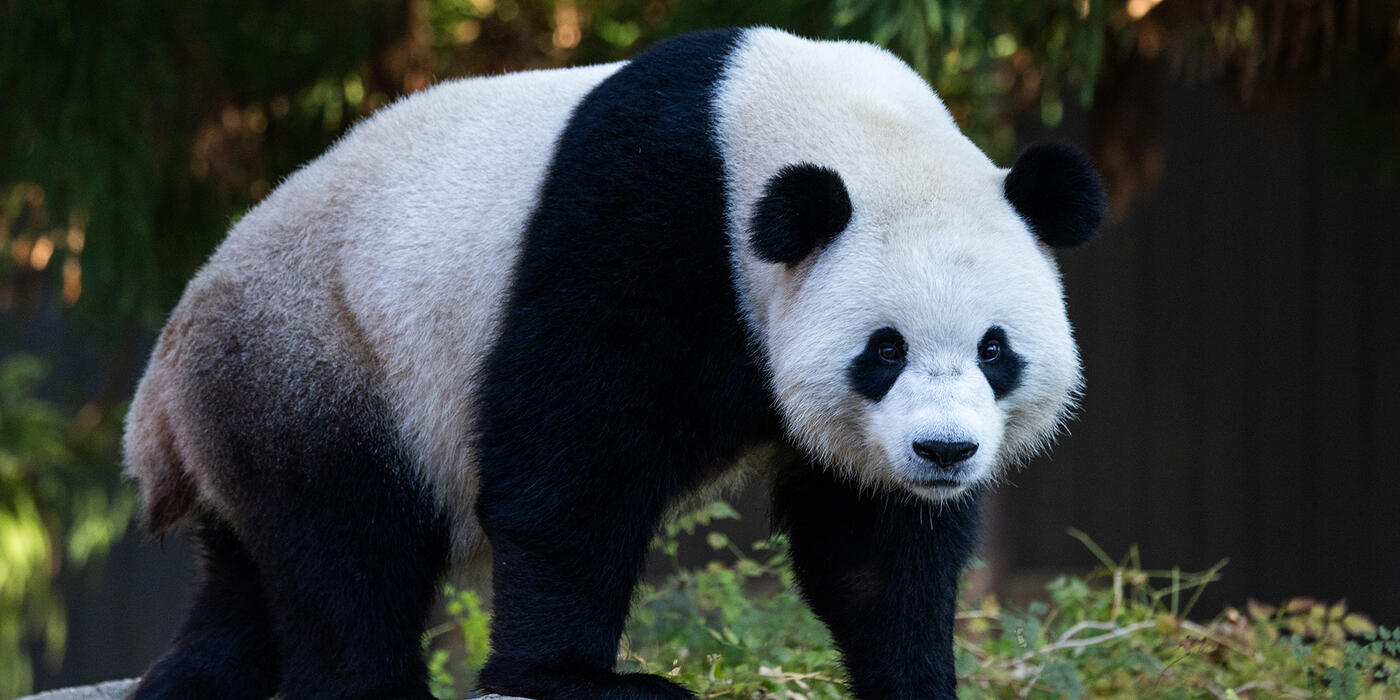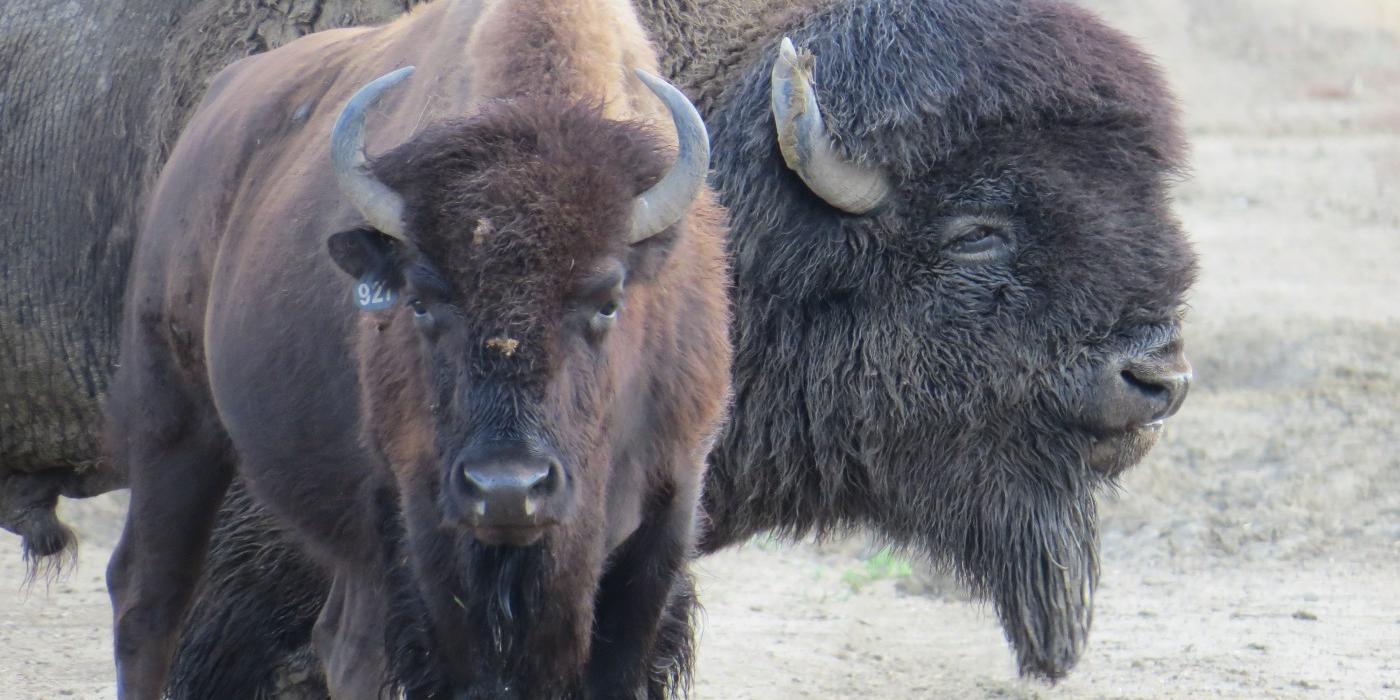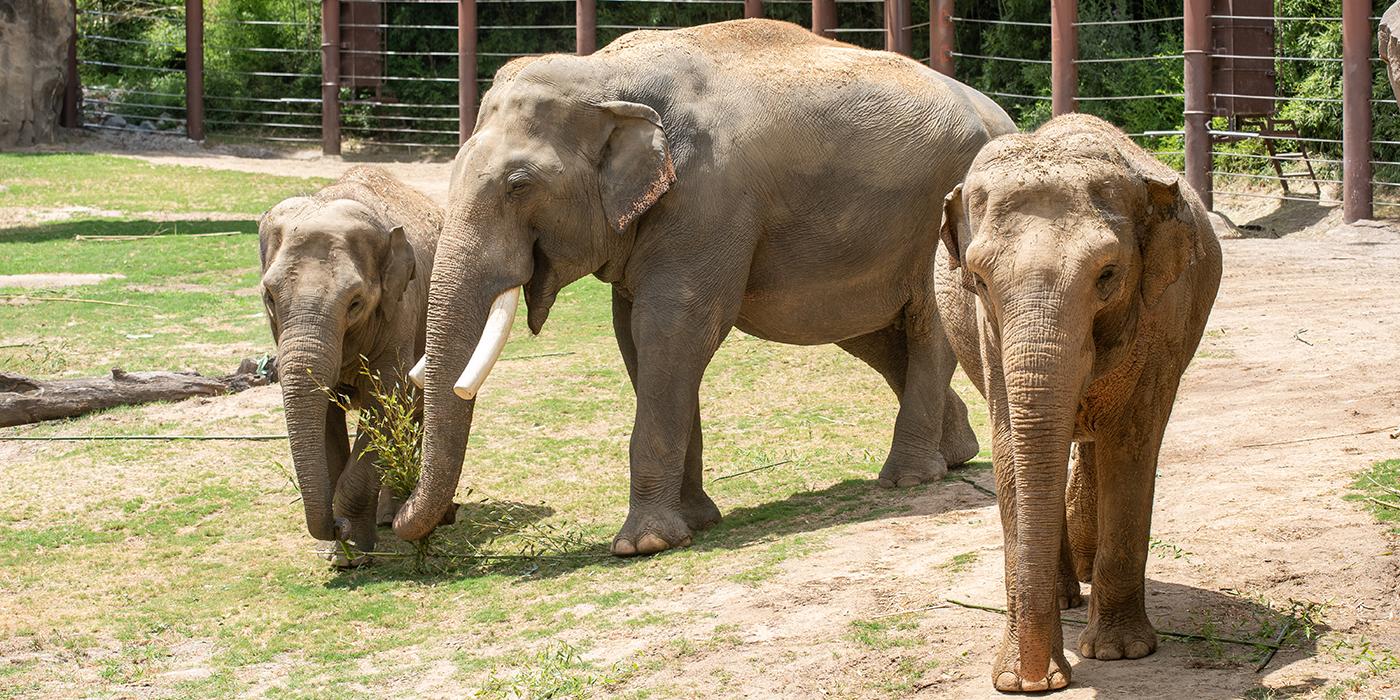8 Historic Photos of the Zoo to Celebrate Its 130th Anniversary

SI Archives
The Smithsonian’s National Zoo was created in 1889 and opened its doors in 1891. To celebrate its 130th anniversary, look back at how the Zoo has evolved through the years – from just 15 species on the National Mall to a sprawling Zoo campus in Rock Creek Park and a companion facility in Front Royal, Virginia.



